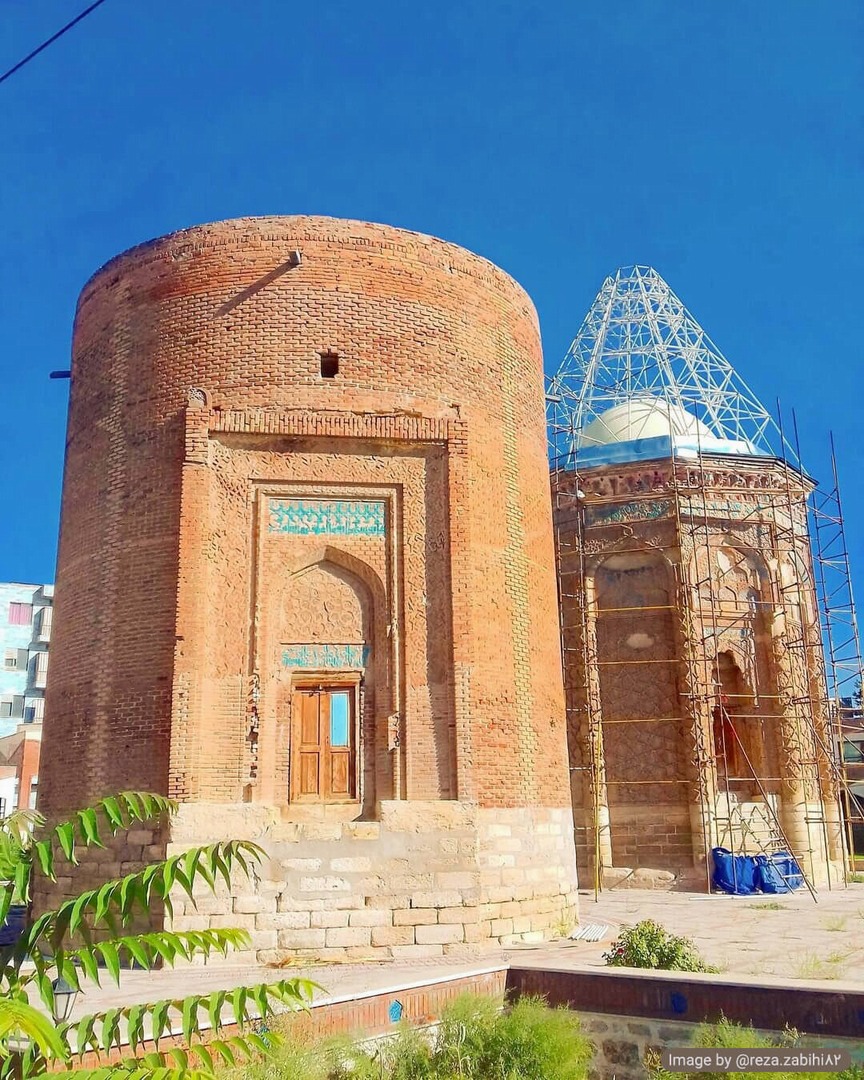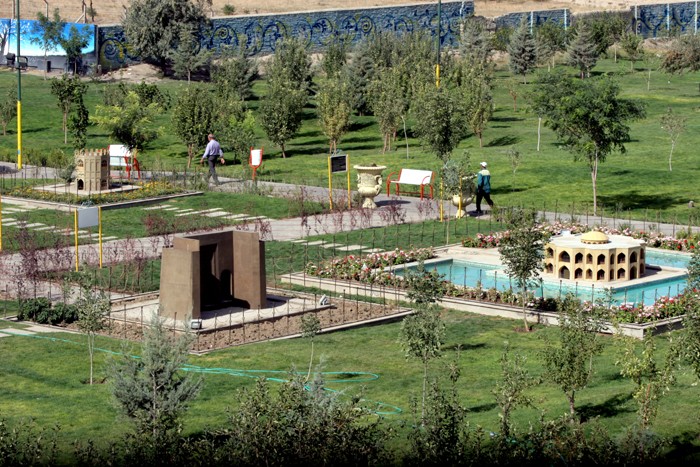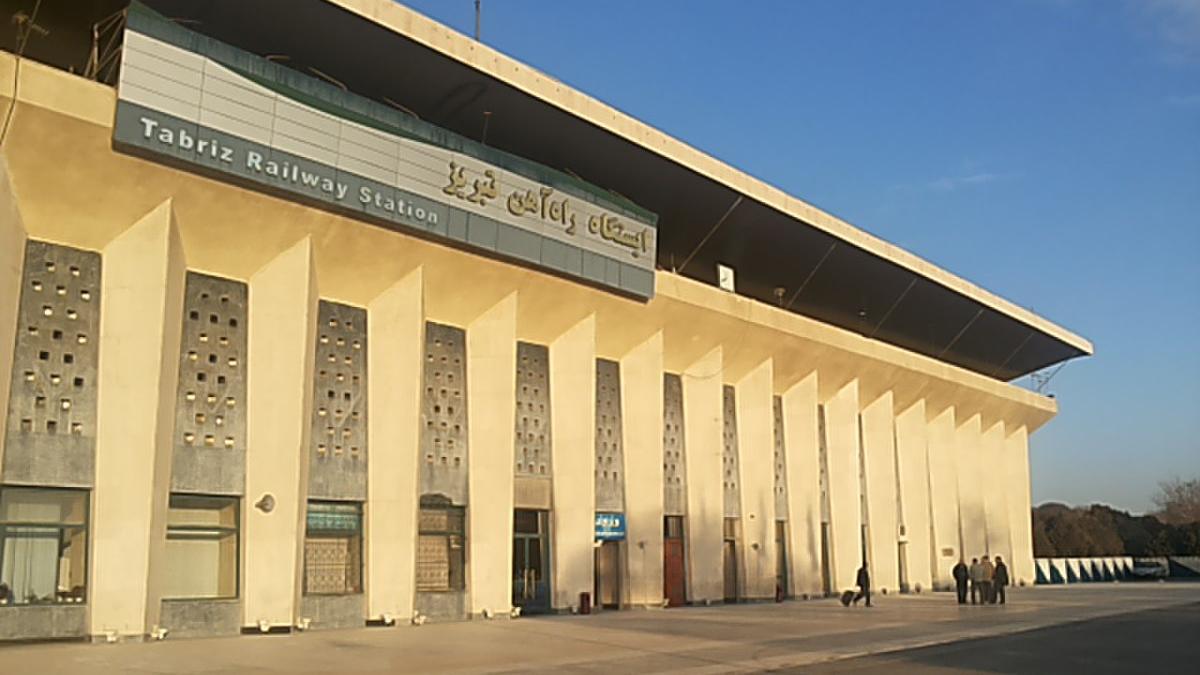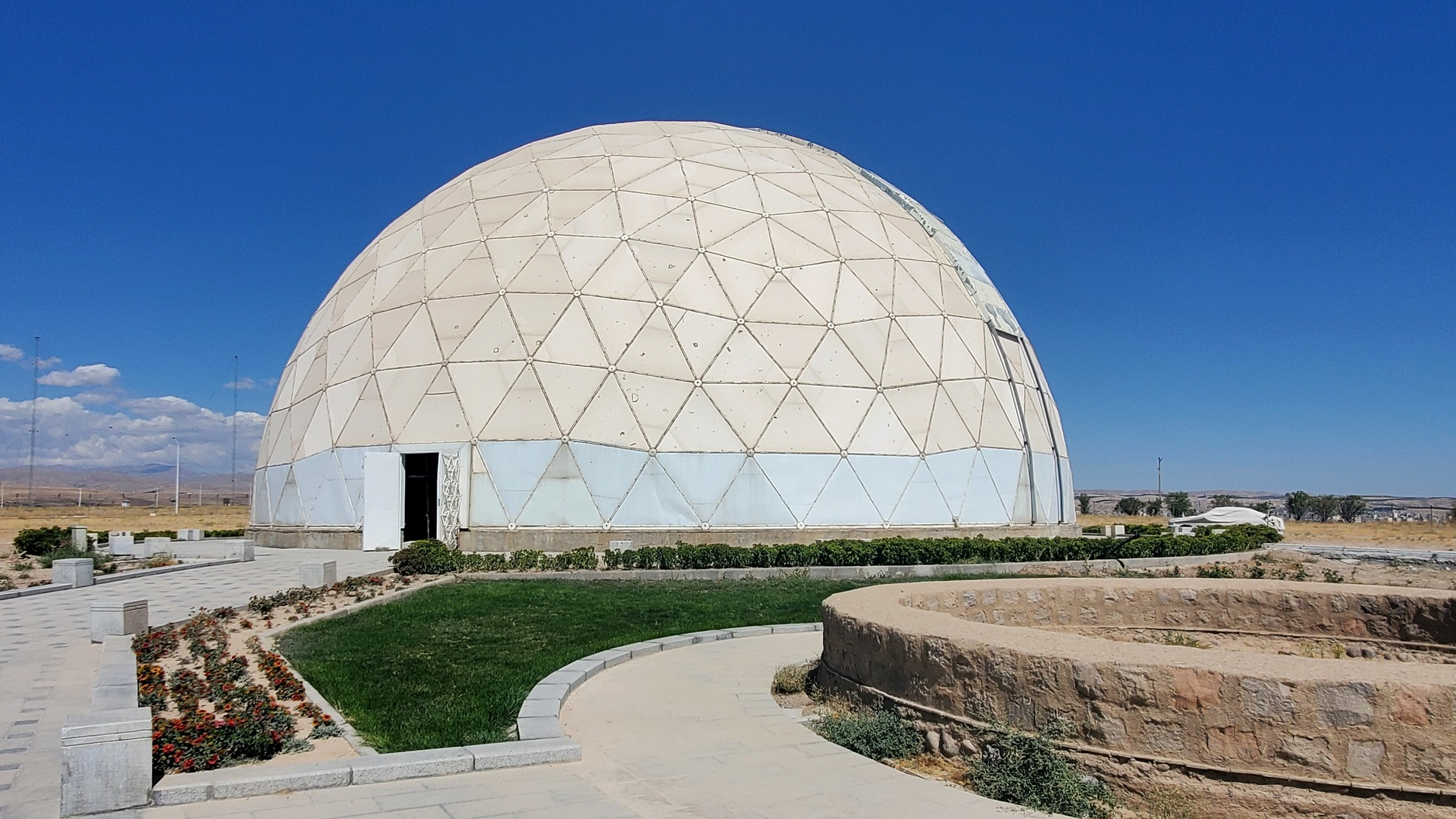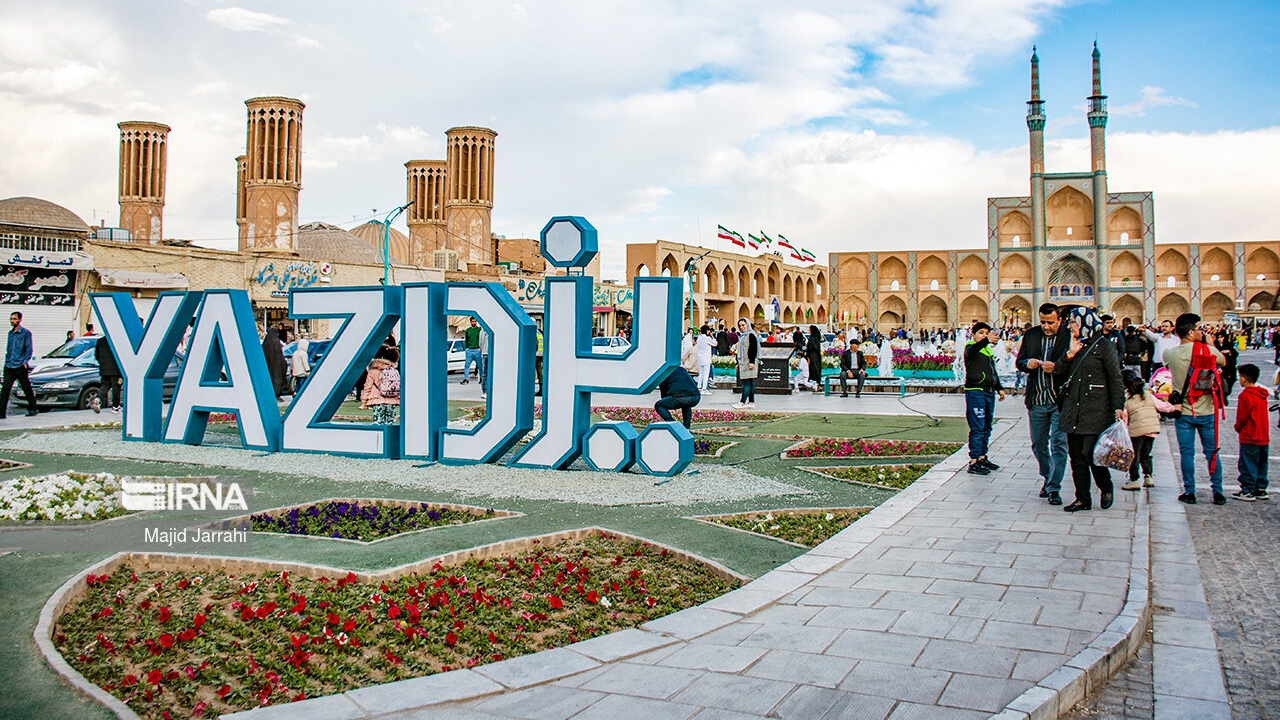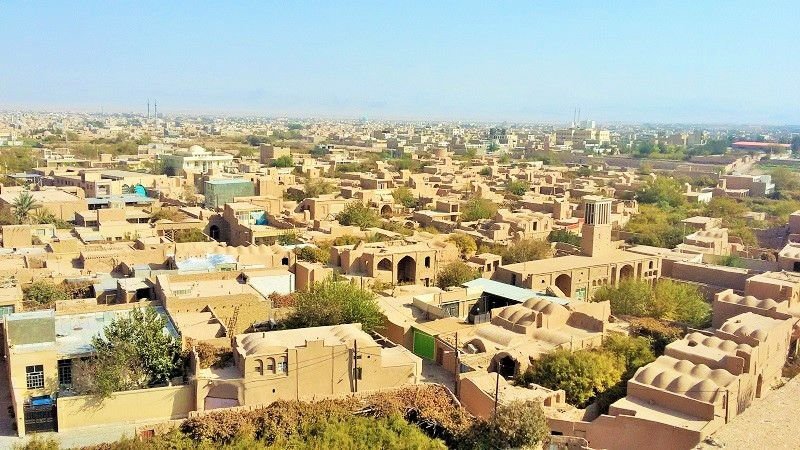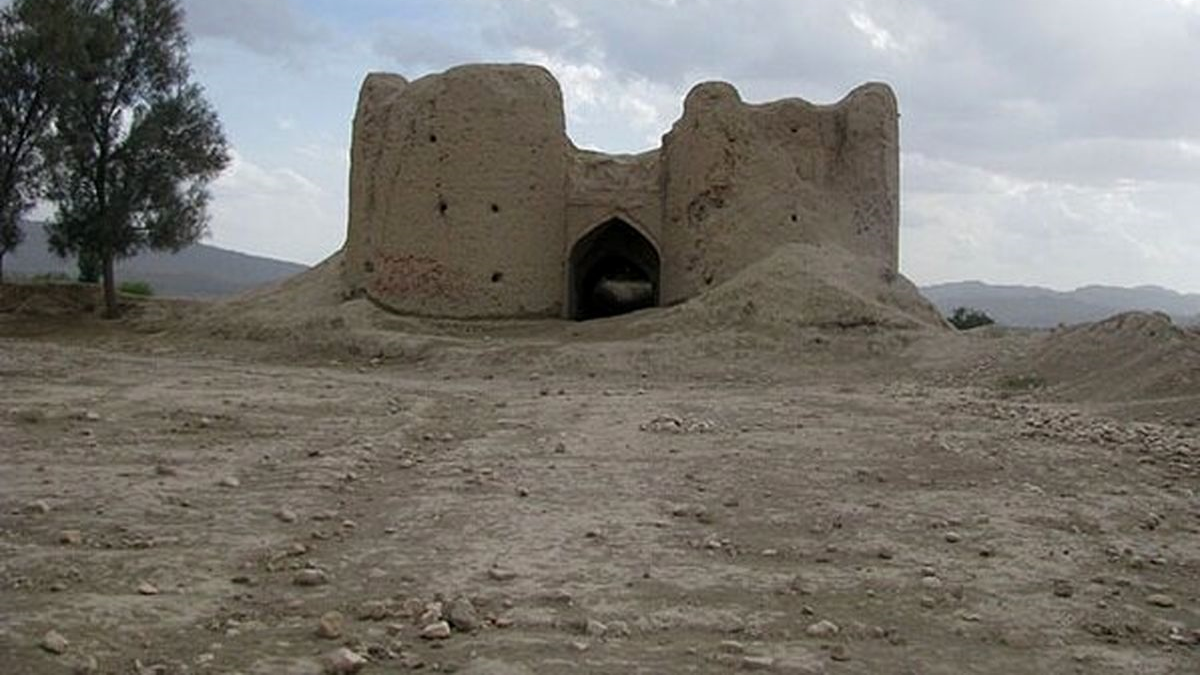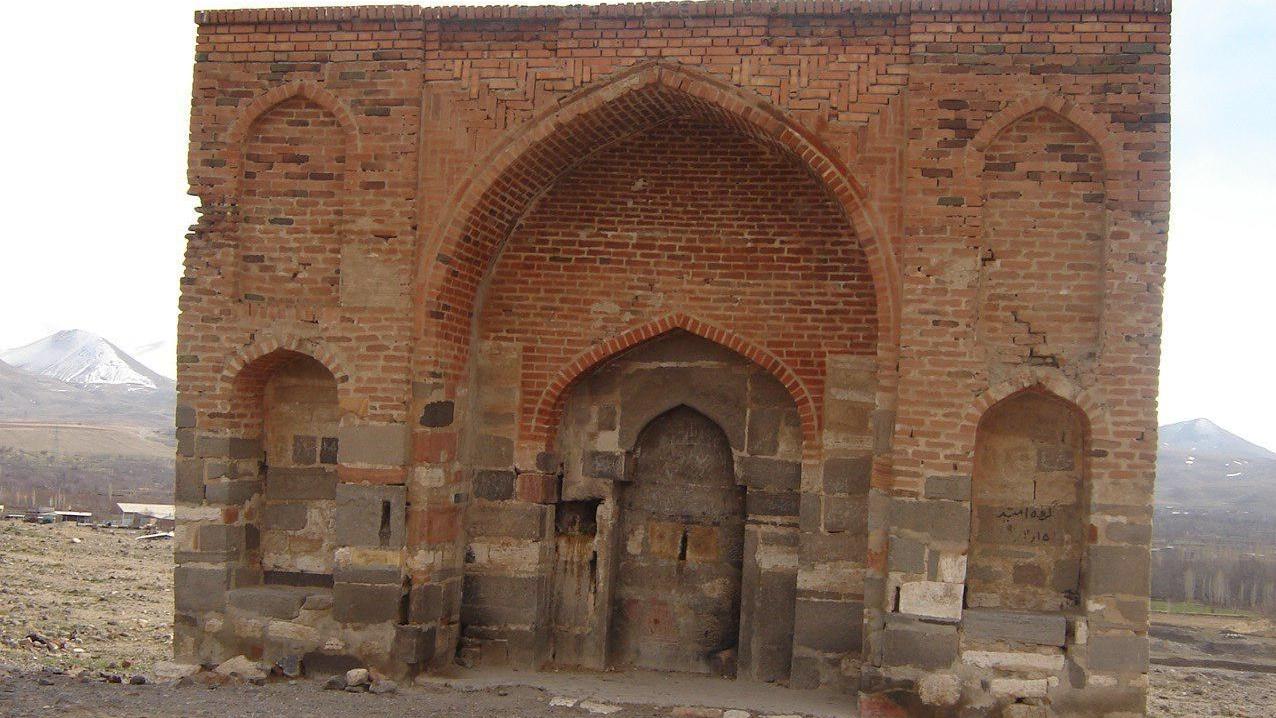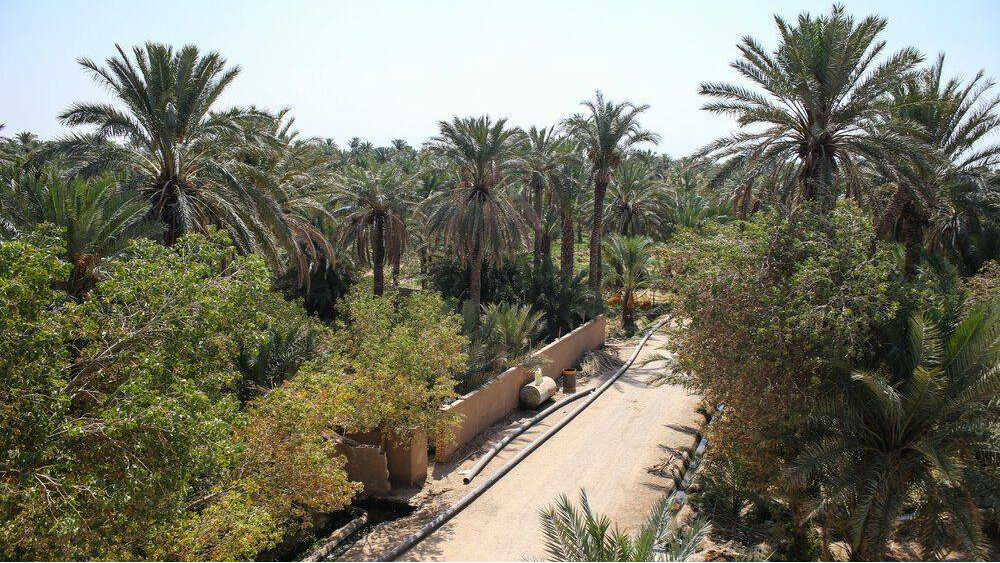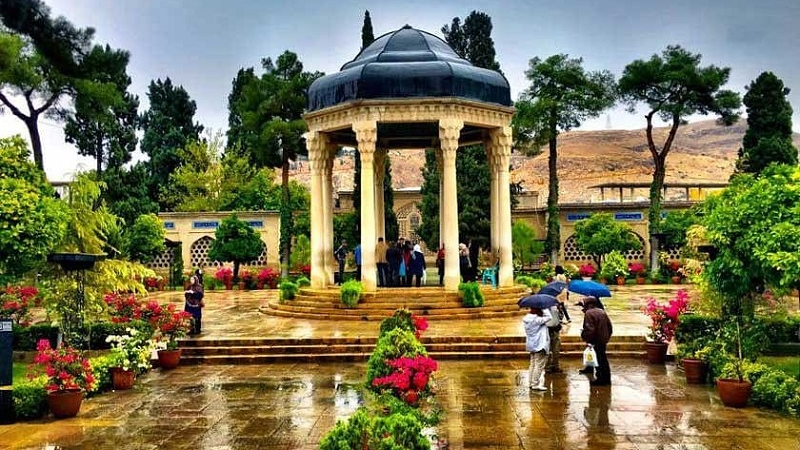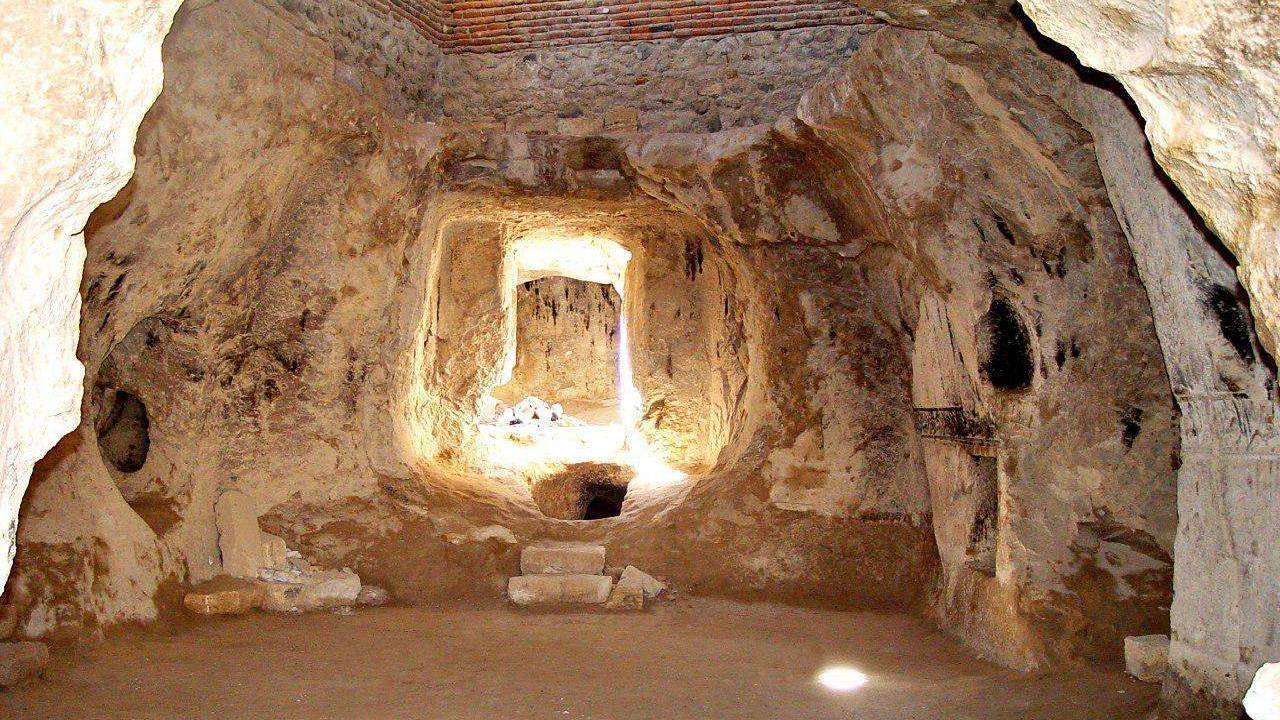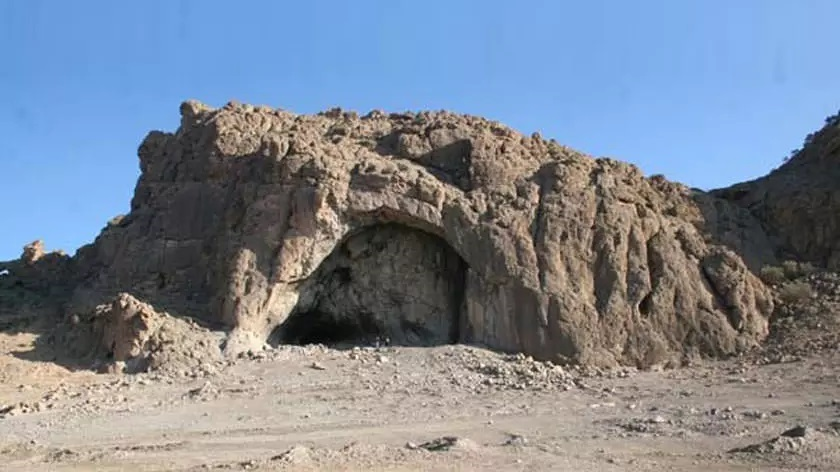
Tang-e Chogan and its Mysterious Petroglyphs
There is a gorge near the ancient city of Bishapur where a number of historical petroglyphs belonging to the third century AD can be seen. “Tang-e Chogan” is the place where the Shapur River originates and prominent petroglyphs of Sassanid kings were created in it. These petroglyphs are similar to the reliefs of Naqsh-e Rostam and Bisotun and are of high historical value.
Nomenclature
It is said that Tang-e Chogan was the place where Sassanid kings played the traditional polo game, which is originally an Iranian sport, and spent their free time.
Archeological Works of Tang-e Chogan
A cave named “Shapur Cave” is located in Tang-e Chogan, which houses a statue of the Sassanid king, Shapur I. There are also three villages of Upper, Lower, and Central Tang Chogan in this gorge, which make visiting Tang-e Chogan a pleasant experience for history lovers and those who love nature.
Tang-e Chogan houses six petroglyphs of Shapur I (reigned from 240 to 270 AD), Bahram I (reigned from 271 to 274 AD), and Bahram II (reigned from 274 to 293 AD). These reliefs are larger and more detailed than the similar ones carved in that era. Three of these reliefs are more than 30 square meters and more than 30 figures can be seen in them.
1. The Relief of Shapur I
This relief narrates the victory of Shapur I over the Roman emperor and depicts the images of Shapur I and Ahura Mazda on horseback facing each other. The body of Gordian, the Roman emperor, is shown beneath the feet of Shapur’s horse, and Ahriman beneath the feet of Ahura Mazda’s horse. Philip, another Roman emperor, is shown kneeling in front of Shapur’s horse.
2. The Second Relief of Shapur I
The profile of Shapur I, riding a horse, can be seen in the center of the scene with Shapur wearing a congressional crown and holding the wrist of Valerian, the Roman Emperor, with his right hand. Philip, another Roman emperor, is kneeling before him and a naked child with two wings is flying. The king’s horsemen and officers are depicted in two rows.
3. The Third Relief of Shapur I
More than 100 figures can be seen in this petroglyph. This relief also narrates the story of Shapur’s victory over the Roman emperors. In this square-shaped relief, Shapur I is seen on a horse, holding Valerian’s hand as a captive. Philip is kneeling in front of him and Gordian’s body is lying at the feet of his horse. On the right side of the picture, 71 Iranian generals can be seen riding on their horses. Unfortunately, due to erosion caused by natural phenomena, the heads of these generals have disappeared. On the left of the relief, the Roman legions are shown in five rows. At the top of the picture, some people can be seen carrying crowns, two lions, and gold and silver coins.
4. The First Relief of Bahram II
This relief depicts Bahram II’s victory over the rebels. Bahram has a long beard and hair and a winged crown on his head. One of Bahram’s generals, whose clothes and appearance are similar to Bahram’s, is standing in front of him, and behind this general, three Arab nobles, along with three other persons wearing long robes, are shown presenting the king gifts such as horses and camels.
5. The Second Relief of Bahram II
The dimensions of this relief are 5 x 5.1 meters. In this petroglyph, a larger figure of Bahram II is shown holding a flag in his right hand and a sword in his left hand. On the right side of the king, the Sassanid courtiers are paying their respects, and on the left side, people are bringing two captives with them. 10 courtiers are shown standing behind Bahram II and an elephant can be seen at the end of the picture.
6. The Relief of Bahram I
In this relief, Bahram I is depicted receiving Farr-e Izadi (divine grace) from Ahura Mazda. His victory in the war with the Roman army has also been depicted in this petroglyph. Among the six petroglyphs, this work has survived better than the others, and more subtlety is used in depicting images and their clothing.
Tang-e Chogan was inscribed on the list of Iran’s national heritage in the year 1932.
It is said that Tang-e Chogan was the place where Sassanid kings played the traditional polo game, which is originally an Iranian sport, and spent their free time.
| Name | Tang-e Chogan and its Mysterious Petroglyphs |
| Country | Iran |
| State | Fars |
| City | Caseron |
| Type | Historical |
| Registration | National |
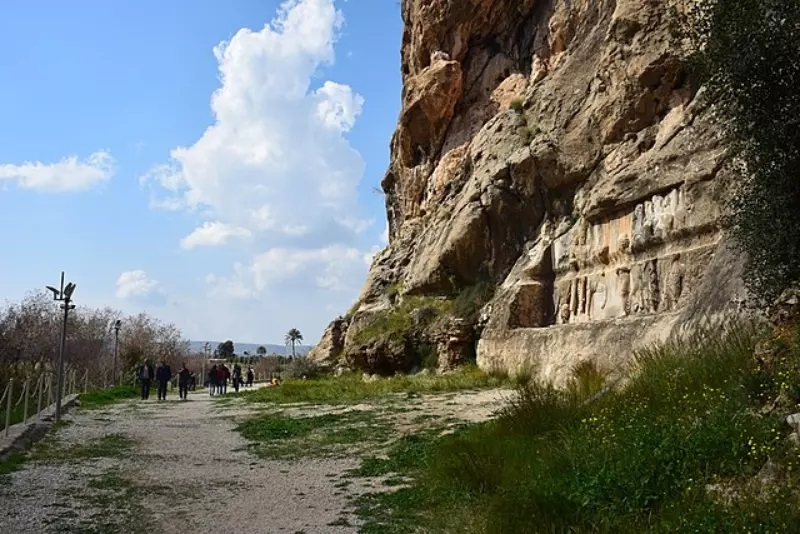
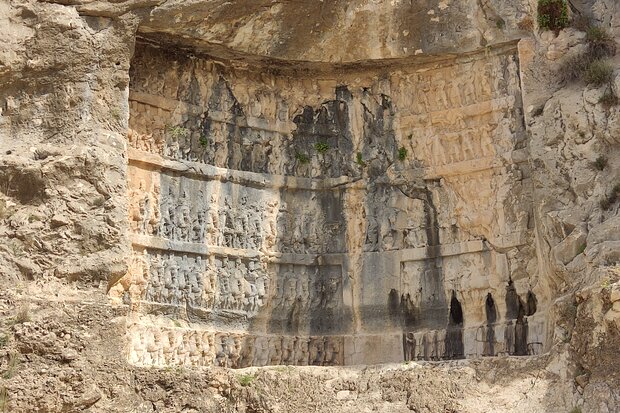


Choose blindless
Red blindless Green blindless Blue blindless Red hard to see Green hard to see Blue hard to see Monochrome Special MonochromeFont size change:
Change word spacing:
Change line height:
Change mouse type:

